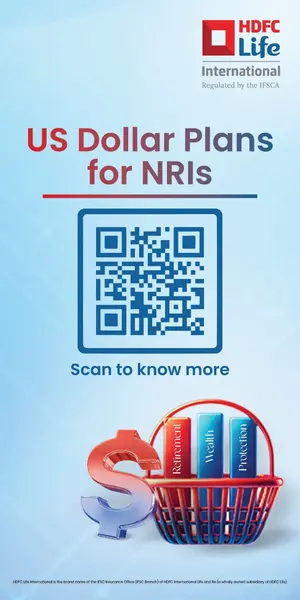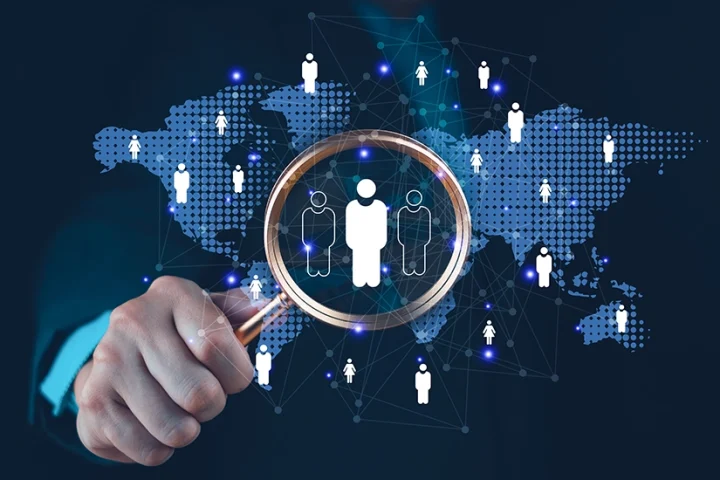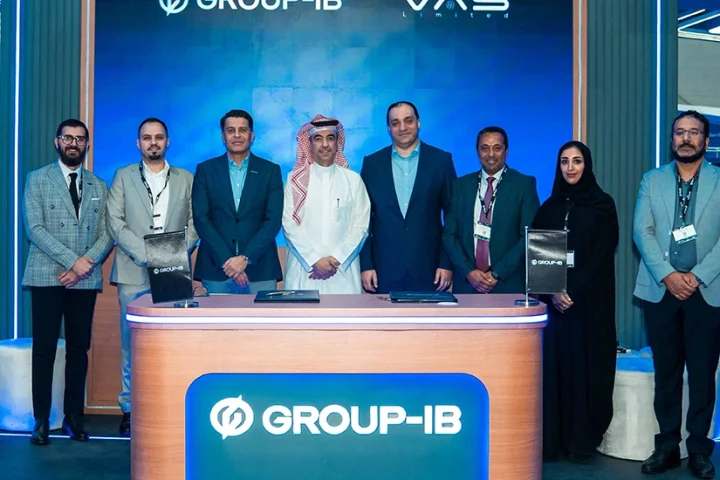David Noël, Vice President Middle East and Africa at Dynatrace, on how the company is redefining observability for a new era—one where AI doesn’t just assist humans, but takes action.
Can you explain what Dynatrace means by “Autonomous AI”? How is it different from traditional AIOps or basic automation?
Autonomous AI at Dynatrace means empowering systems to take informed action—not just surfacing alerts but actually resolving issues on their own, learning from every outcome along the way. Traditional AIOps often stop at data correlation or alert prioritisation. Our approach goes further. Davis, our AI engine, blends predictive, causal, and generative intelligence to deeply understand the root cause of a problem and take safe, auditable steps to fix it. Think of it like a seasoned operator who not only spots trouble before it happens but knows exactly which lever to pull and why.
Speed isn’t the goal—getting it right from the start, with full transparency, is what really matters. And with our 3rd generation platform, autonomy doesn’t mean removing humans from the loop—it means empowering teams to define the desired outcomes and trust the system to choose the best path forward. Just like any strong leadership decision, AI-driven autonomy depends on the quality of data and confidence in its context. The Dynatrace platform delivers both—enabling organisations to scale decision-making with accuracy, speed, and trust.
What’s the role of your proprietary AI engine, Davis, in enabling self-healing, root cause analysis, or auto-remediation?
Davis is the intelligent core behind our Autonomous AI — far surpassing reactive analytics. Davis continuously ingests and analyses logs, metrics, traces, user behavior, and security signals across the full stack. Through causal AI, it identifies the true root cause of problems with surgical precision, eliminating the noise that plagues many AIOps tools. Then it leverages predictive models to foresee potential incidents before they escalate, and generative AI to translate insights into actionable guidance. In many cases, Davis enables self-healing by triggering automated workflows through our AutomationEngine. For instance, if a deployment causes latency issues, Davis can identify the exact service responsible and roll back the change, all within policy controls. This creates a closed-loop, intelligent automation system that resolves issues before they impact customers or compliance.
The latest enhancements in Davis AI now include agentic AI features that extend beyond reactive response. These preventive capabilities guide teams through complex scenarios, reduce the need for manual intervention, and streamline cross-functional collaboration.
What types of use cases are you seeing where autonomous AI is already delivering real business impact?
We’re seeing enterprises across industries use Dynatrace to operationalize AI for tangible business outcomes. In financial services, for example, our platform has helped a bank reduce customer-facing incidents by 25% and improve proactive incident detection by 60%, thanks to Smartscape and Davis AI working together. In government, Dubai Customs has accelerated software release cycles by 70% and reduced test runs by 90% by using our AutomationEngine for intelligent delivery orchestration. Similarly, in retail, we’ve seen teams improve digital checkout performance by preemptively resolving latency spikes during peak hours preventing revenue loss. TELUS, for example, leveraged Dynatrace’s AI-powered observability to reduce incident resolution time from detection to pull request down to minutes—dramatically accelerating innovation while minimizing downtime.
These results are driven by AI that’s context-aware, not just reactive. Whether it’s automatic remediation, optimized resource scaling, or pinpointing vulnerabilities in real-time, autonomous AI is now a mission-critical ally in achieving agility, efficiency, and compliance.
How do you ensure the decisions made by your AI are explainable and trusted by enterprise teams?
Trust is foundational to our AI strategy. Our platform embeds explainability into every decision Davis makes. The causal AI core means every recommendation or action has a traceable lineage—not just what happened, but why. This traceability is key to building trust as AI decisions can’t be a black box in enterprise environments. Our platform presents these insights in natural language, so teams across IT, security, and the business can understand and act confidently. Each AI-driven action is logged, authenticated, and aligned with user permissions, ensuring complete auditability.
Our latest platform advancements deepen this commitment by bringing together multiple forms of AI—causal, predictive, and generative—to help teams make high-speed decisions with full situational awareness.
Whether it’s pinpointing the root cause of a service issue, forecasting resource demand, or improving digital user journeys, Davis delivers answers that are not only fast, but trustworthy—because they’re built on context.
Moreover, we isolate AI decisions to each customer’s unique context, avoiding shared learning models that could introduce cross-tenant risks. That level of openness, backed by strong privacy practices, helps teams trust AI decisions and ensures they stay aligned with both company values and regulatory needs.
Observability has moved beyond logs, metrics, and traces—how is Dynatrace redefining full-stack observability in today’s cloud-native world?
Observability serves as the foundation for AI, automation, and secure operations in the modern enterprise. Our approach unifies all telemetry—logs, metrics, traces, events, and user behavior—within Grail, our purpose-built data lakehouse. This allows real-time, schema-on-read analysis at petabyte scale. But we go further. With Smartscape, we automatically map every dependency in your hybrid and multi-cloud environment in real-time. This dynamic visualization means Davis AI always has a live blueprint of your ecosystem, enabling decisions that are contextual and safe. Observability for us isn’t just about visibility—it’s about providing the intelligence and trust layer needed to run AI-powered, cloud-native systems responsibly. These innovations are part of our third-generation platform, which unifies AI, analytics, and automation to support autonomous operations at scale.”
With the rise of OpenTelemetry, how does Dynatrace balance open standards with proprietary advantages?
We fully support OpenTelemetry and believe it’s essential for avoiding vendor lock-in and enabling broader ecosystem integration. At Dynatrace, we embrace open standards as part of our platform’s architecture—but we also extend them with capabilities that address real-world enterprise challenges. For example, OpenTelemetry delivers a firehose of raw data, but it’s Grail and Davis that transform that data into instantly analyzable insights, cutting through the noise in seconds. Smartscape and AutomationEngine then operationalize those insights into intelligent actions. So while we’re committed to openness, it’s the fusion of open standards with our platform’s AI and automation that drives true business value. Users working with OpenTelemetry data in Dynatrace often tell us they’re able to pinpoint performance issues in seconds—dramatically shortening what used to be time-consuming investigations.
In environments with complex hybrid and multi-cloud infrastructure, how does Dynatrace ensure observability at scale without adding noise?
Dynatrace combines scalable architecture with precision intelligence to ensure observability remains clear and actionable even in the most complex hybrid and multi-cloud environments. Our Smartscape technology continuously maps dependencies across dynamic infrastructures, giving Davis AI a real-time blueprint to understand system behavior in full context. This allows Davis to filter out noise and surface only the most relevant, high-impact anomalies—avoiding alert fatigue and reducing time to resolution.
At the same time, we align with regional data privacy requirements by anchoring our platform in locally hosted infrastructure. We’re the only observability vendor with a dedicated SaaS cloud in Abu Dhabi, enabling full data residency in the UAE and aligning with local laws such as PDPL while maintaining petabyte-scale performance. With privacy-by-design, granular access controls, and encrypted data isolation, Dynatrace empowers organisations in the Middle East to scale observability securely — without compromising signal quality, regulatory trust, or operational clarity.

























